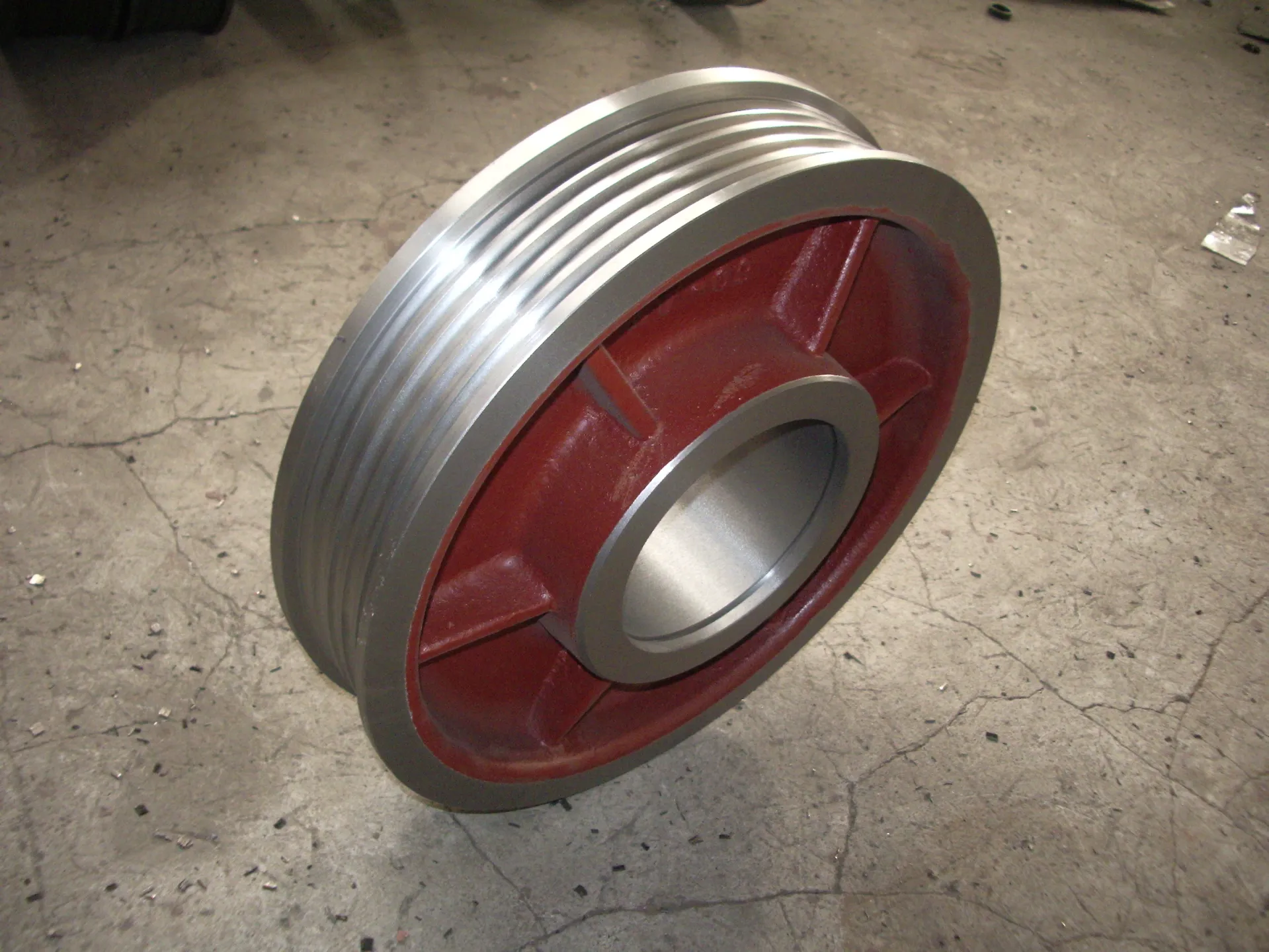Mobile:+86-311-808-126-83
Email:info@ydcastings.com
an impeller
Understanding the Impeller A Key Component in Fluid Dynamics
An impeller is an essential component in various mechanical devices, particularly in pumps, turbines, and compressors. Its primary function is to move fluids by converting rotational energy, usually from a motor, into hydrodynamic energy. This article explores the significance, design, and applications of impellers.
The design of an impeller is crucial to its efficiency. Typically, impellers consist of a series of blades or vanes that are arranged around a central hub. As the impeller rotates, the blades draw fluid into the center and accelerate it outwards. This outward motion creates a pressure difference, allowing fluid to flow through the system. The shape, size, and angle of these blades can significantly influence the performance of the impeller. For example, a high specific speed impeller is beneficial for applications requiring a large flow rate at a relatively low pressure, whereas a low specific speed impeller is better suited for high-pressure applications.
Impellers can be broadly categorized into two types centrifugal and axial. Centrifugal impellers, which are commonly found in centrifugal pumps, function by spinning the fluid outward from the center, increasing its velocity and pressure. Axial impellers, on the other hand, move fluid along the axis of the shaft, making them ideal for applications such as ventilation and cooling systems where a large volume of air needs to be moved over long distances.
an impeller

The efficiency of an impeller is measured in terms of its ability to convert energy with minimal losses. Factors such as fluid viscosity, temperature, and density can affect performance, making the selection of the appropriate impeller crucial for the desired application. Engineers often conduct extensive analyses, including computational fluid dynamics (CFD) simulations, to optimize impeller design and ensure it meets specific operational requirements.
Impellers play a pivotal role in various industries, from water treatment facilities to power generation plants. In the automotive sector, they are integral to turbochargers that enhance engine performance by forcing more air into the combustion chamber. In marine applications, impellers are used in boat engines to propel vessels efficiently through water.
In conclusion, the impeller is a vital component that underpins the operation of many fluid systems. Its design directly influences the efficiency and effectiveness of fluid movement, making it a key focus for engineers and designers across multiple sectors. Understanding the principles behind impeller functionality is essential for anyone looking to improve system performance in fluid dynamics.
-
Understanding Metal Casting TechniquesNewsApr.02,2025
-
Understanding Exhaust Manifolds for Enhanced Engine PerformanceNewsApr.02,2025
-
The World of Metal FabricationNewsApr.02,2025
-
Key Components for Pump and Turbo EfficiencyNewsApr.02,2025
-
Essential Tools for Automotive Maintenance and RepairNewsApr.02,2025
-
Durable Valve Components for Effective Water ManagementNewsApr.02,2025











